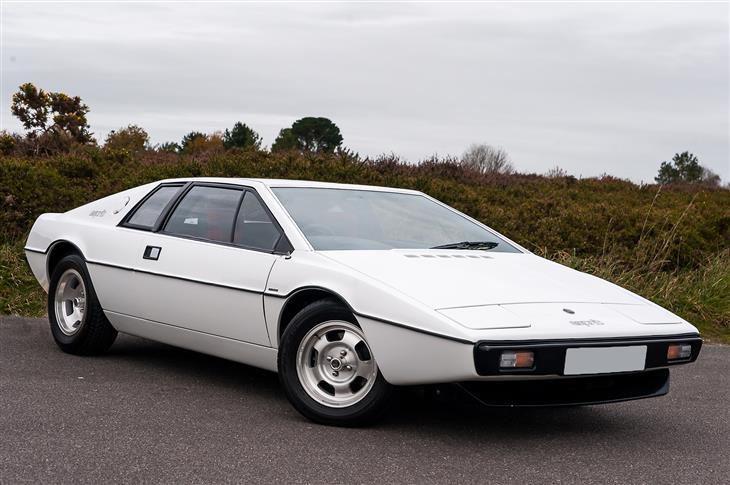From Lone Genius to General Motors

From its post-war foundations to the abrupt death in 1982 of its founder Colin Chapman, Lotus was a company that always seemed to be in a hurry to grow up, Did Lotus only reach maturity when the world’s largest corporation, General Motors, bought the Norfolk company assets in 1986?
Some observers tend to think so, but much of the ‘crisis management’ style reflected in the quote above was the direct result of Colin Chapman’s increasing taste for technical sophistication and innovation, which in turn demanded ever-larger cash investments. In competition, Colin Chapman proved particularly adept at attracting new sponsors.
Indeed, most trace back the current wave of logo-embossed single-seaters to the Gold Leaf Team Lotus sponsorship initiative of 1968 . Grand Prix racing success grew, culminating in the Indianapolis 500 victory in May 1965. Meanwhile, the E-prefix tradition of Lotus road car names reflected Lotus’s desire to abandon their numeric competition and kit car origins. The first E-prefixed name was that of the Elite. The E lit e was chosen as an attractive companion to the sports racing Eleven of the period, which had done so much at Le Mans and elsewhere to spread Lotus fame. Yet, numerals were retained for all but the Eleven racing cars and by 1990, the company had arrived at Grand Prix Lotus 102.
The 1957-1961 Elite was a truly remark-able re-working of the ‘tear drop’ aerodynamic theme and widely regarded as one of the most beautiful road cars ever manufactured. Commercially, the Elite (née Lotus 14) was not a success. Conceived as the company’s first closed road car, production reached 990 in four sales years. Sales success came with the first Elan (1962-1973) and the +2 Elan derivative (1970-1973) which sold 12,224 and 5,200 respectively.
Both were powered by the fist Lotus production engine, a double overhead camshaft (DOHC) design utilising Ford cylinder blocks . Both the Elite (1974-1982) and Elan (1990-) names were used a second time by Lotus and this second Elite generation provided a 2-litre DOHC 16-valve engine that was passed on to the Esprit. The model whose philosophy was closest to that of the Esprit was the 1966-1974 Europa mid- engined two-seater.
Some 9,230 Europas were made: the earlier generations had Renault engines and gearboxes – initially sold in left-hand drive for export only – while a 1971-1974 stretched Europa descendant carried Lotus Ford DOHC power units aft. Company histories can be very dull, but not so Lotus. The Lotus tale contains every twist and turn you would expect of a company that has created or refined original technical concepts, from telegraph poles to Grand Prix victors. And what better than the Esprit to capture that company spirit so perfectly?
